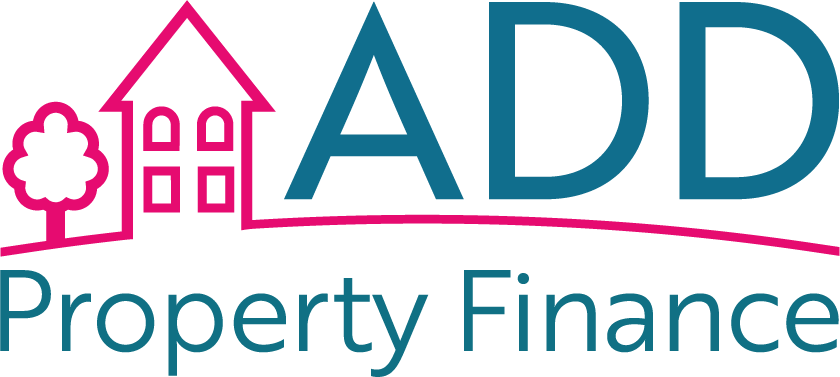When embarking on a property development project, securing the right financing is paramount. Among the various financial metrics, the Loan-to-Value (LTV) ratio plays a pivotal role in determining your eligibility for development finance. In this article, we’ll delve into what LTV is and why it’s crucial for property developers and investors seeking funding for their projects.
What Is Loan-to-Value (LTV)?
Loan-to-Value (LTV) is a financial metric that expresses the ratio between the loan amount you’re seeking (the ‘loan’) and the appraised value of the property you intend to develop (the ‘value’). It’s typically represented as a percentage. The LTV ratio is used by lenders to assess the risk associated with a loan application.
The Significance of LTV in Development Finance
Understanding the significance of LTV in development finance is essential for property developers and investors:
1. Risk Assessment
Lenders use the LTV ratio to gauge the level of risk associated with a loan application. A higher LTV ratio indicates that you’re seeking a larger portion of the property’s value as a loan. This can be perceived as riskier, as it leaves less equity in the property as a cushion in case of default.
2. Loan Eligibility
Lenders often set maximum LTV limits for development finance. These limits can vary depending on factors such as the type of property, location, and the lender’s policies. Knowing the maximum LTV allowed can help you determine if your project aligns with the lender’s criteria.
3. Interest Rates
The LTV ratio can influence the interest rates offered by lenders. Lower LTV ratios generally result in more favourable interest rates, as they are seen as less risky. Property developers with a substantial equity stake in the project may qualify for better terms.
4. Loan Amount
LTV also impacts the maximum loan amount you can secure. To calculate the maximum loan amount, multiply the appraised property value by the lender’s maximum LTV percentage. Any additional costs, such as development expenses, may need to be covered from other sources.
Calculating LTV
To calculate LTV, use the following formula:
LTV Ratio = (Loan Amount / Appraised Property Value) x 100
For example, if you seek a loan of £500,000 for a property appraised at £1 million, the LTV ratio would be:
LTV Ratio = (£500,000 / £1,000,000) x 100 = 50%
In this scenario, the LTV ratio is 50%.
Strategies for Managing LTV
To optimize your chances of securing development finance, consider the following strategies:
1. Increase Equity Investment
One way to lower the LTV ratio is to invest more equity into the project. A larger down payment can reduce the loan amount and improve your eligibility for financing.
2. Improve Property Valuation
Efforts to enhance the property’s value, such as renovations or improvements, can positively impact the LTV ratio. A higher appraised value can result in a lower LTV ratio.
3. Explore Multiple Lenders
Different lenders may have varying LTV requirements. It’s advisable to explore multiple lending options to find one that aligns with your project’s LTV ratio and financial goals.
4. Mitigate Risk
Mitigating potential risks, such as securing pre-let agreements for rental properties or conducting thorough due diligence for development projects, can make your application more attractive to lenders.
In conclusion, understanding Loan-to-Value (LTV) and its significance is crucial for property developers and investors seeking development finance. It affects your loan eligibility, interest rates, and the overall feasibility of your project. By managing your LTV ratio effectively through strategies like increasing equity investment and property valuation, you can enhance your chances of securing financing for your property development ventures.







